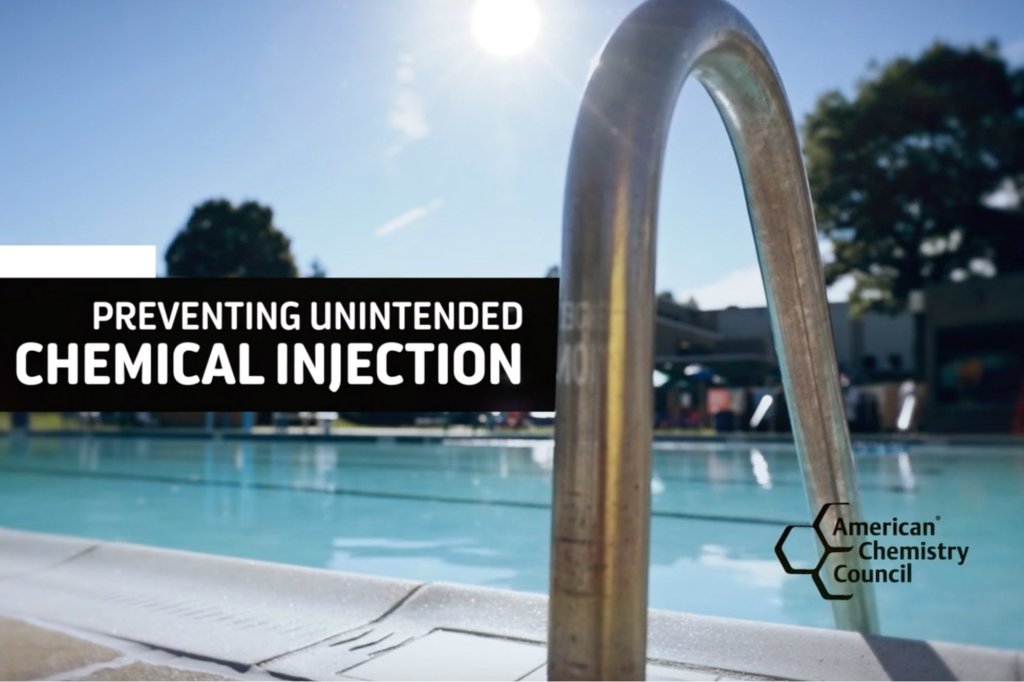The American Chemistry Council has produced a video to explain the causes and prevention of accidental chlorine gas exposures.
Contrary to popular belief, these incidents do not only involve pools sanitized with gas chlorine. Instead, a chlorine-base sanitizer accidentally converts into a gas when a chemical feeder continues to operate after the pump shuts off. The chlorine and acid build up in the pipes, with no circulating water to move it through. The substances then react to each other to create a gas, which is pushed out into the pool when the pump turns back on.
This results in the chemical clouds that make headlines.
According to the Centers for Disease Control and Prevention, approximately one dozen such incidents occur each year. “The three that we tracked this summer, there was always at least one child who was seriously injured, so we just can’t have that,” said Mary Ostrowski, senior director, chlorine issues for the American Chemistry Council.
To prevent this, electrical interlock systems work to turn off the chemical feeder if the pump stops operating.
The nine-minute video, “Preventing Unintended Chemical Injection,” includes graphics to explain how these incidents occur and how interlocks work. The video can additionally be found at poolinterlocksafety.com.
